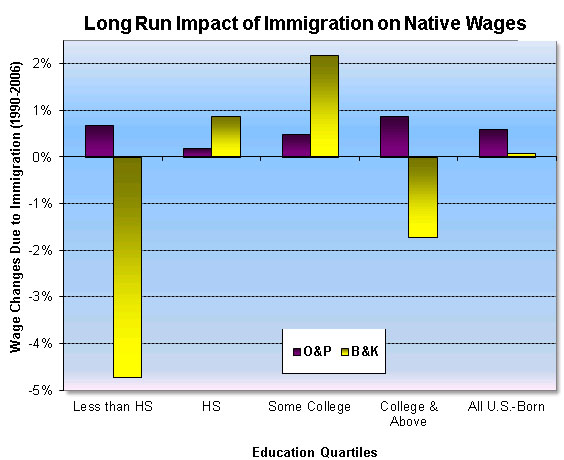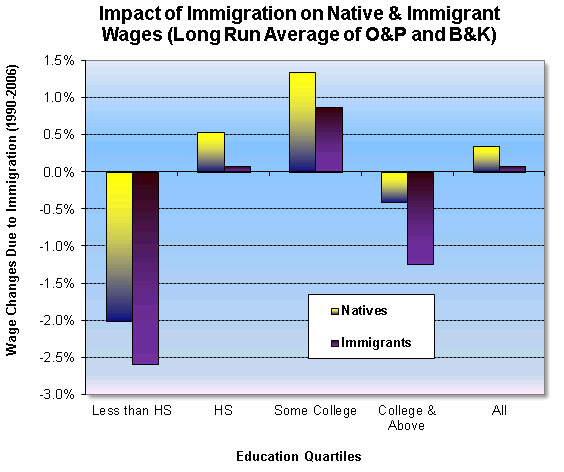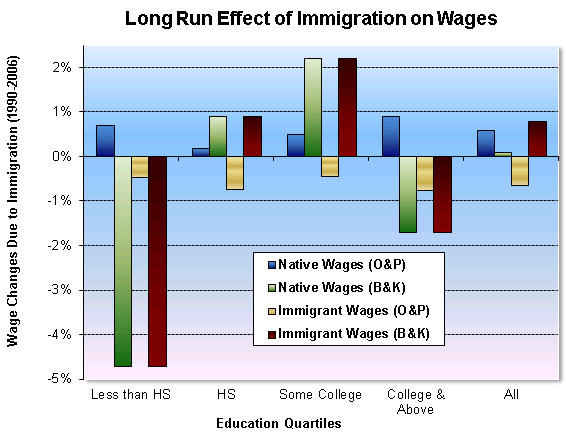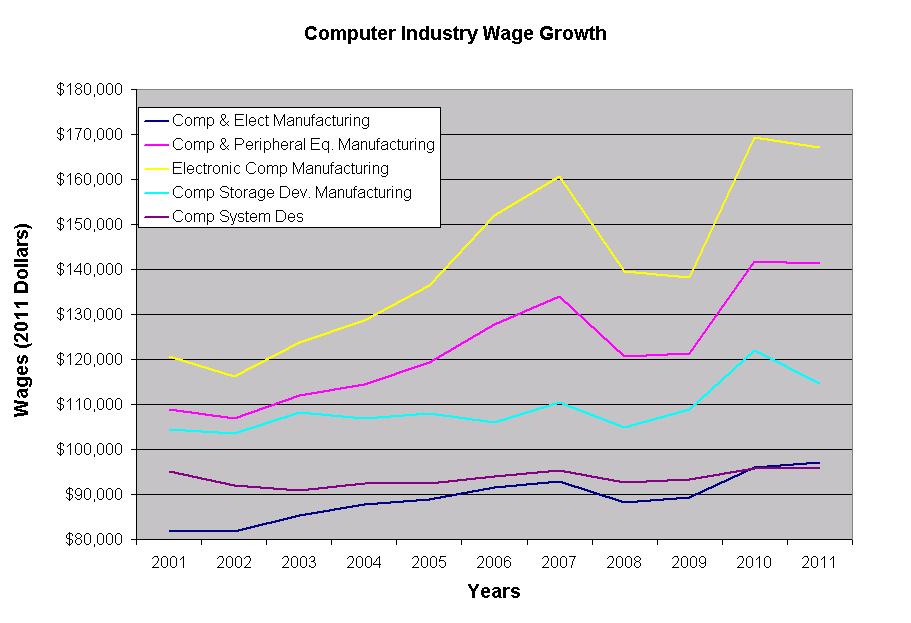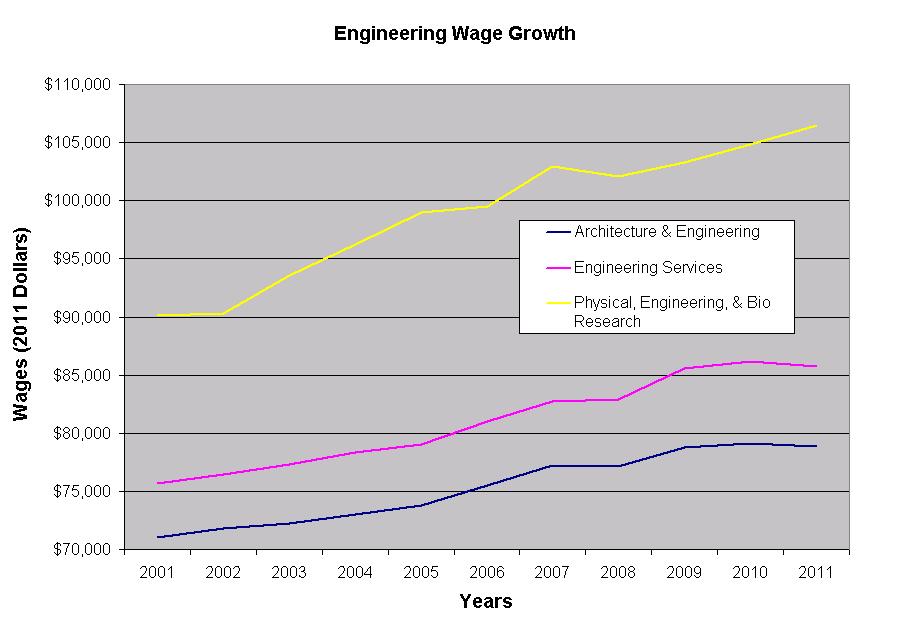Tyler Cowen’s capacious mind prioritizes input over synthesis. He is a compulsive moderate, happiest in the mainstream, always glad to have an excuse not to rock the boat. I respect him tremendously. I am a happy user of his Principles of Economics textbook, and his blog, Marginal Revolution, is in my top five. Better yet is MR University. I haven’t listened to all of it yet, but I listened for hours last Friday to their brief profiles of many development economists, while doing the more mechanical parts of exam grading. I’ve rarely encountered such great content in a course distributed online, and never in economics. It’s amazing that this stuff is free. Three cheers for Cowen and Tabarrok’s two-man crusade to educate the world in economics. Cowen isn’t as dazzlingly lucid as Bryan Caplan as his best, but his judgment is probably more reliable precisely because of his prejudice for moderation. I sympathize with Cowen’s conservatism, his deference to consensus views. But of course, that’s also why I wouldn’t expect him to favor open borders, though he is pro-immigration. Open borders is too radical an idea for him. Still, he’s not one to dismiss a position without argument. Here’s Cowen on “Why open borders won’t work”:
The first issue is to pin down what we mean by open borders.
Land use restrictions are often a more important “”immigration policy” than border control per se. It is not just how many people getin at what cost, but who can afford to live here. This includes zoning laws, restrictions on the number of people allowed to live in an apartment, policies toward “squatters,” and rules for the homesteading of public property. So by “open borders” I mean also liberal land use policies; nominally open borders would matter far less if unskilled laborers couldn’t also afford to live in the U.S. (Note to anti-immigration types: you are focusing too much on the ease of crossing the border and not enough on the costs of living here. How much the best immigration restrictions involve land use policy or border policy is a curiously underexplored question.)
Now, it’s true that immigration could be controlled indirectly through land use policies. But I think these questions are more separable than Cowen implies. Even if land use restrictions placed an absolutely binding ceiling on how many people could live in the US, so that even under borders no net immigration were possible, open borders would still make a huge difference. Land values would soar, and many US citizens whose value of living in the US is relatively low would sell out and emigrate. Since some of those who don’t own real estate would, I suppose, find themselves effectively evicted from the country, which is bad, but of course this whole scenario is counter-factual. In practice, whatever limit land use regulations notionally place on the number of people who can live in the US are not even close to binding, and if they threatened to become binding, they could be relaxed. A few metropolitan downtowns might be blocked by law from increasing their populations, and open borders would just drive up rents, but plenty of other places would allow developers to house the new people.
If both the border and land use were free, markets would be very powerful in organizing mass migration. Consider Hyderabad. Many of the very poor live either at or right next to garbage dumps. They live in tents or ramshackle lean-tos. Their jobs often involve scavenging the garbage dump for potentially useful scraps. Why do they live there? Do they like the short commute? Is it because they love the Indian culture one finds right next to the garbage dump? No, no, and no. They live there because they will put up with almost anything to have a chance of survival.
How many of these people would book passage on a slow ship to Baltimore, with the hope of living in a richer garbage dump? The ship would serve cheap rice and lentils, make them sew garments while sailing, and collect further payment five years after arrival, tagging them with GPS if need be or “monitoring” relatives back home. Or perhaps the Indian government would pay their way.
How about the nine or so million Haitians — almost all living in extreme poverty — who face a much shorter and cheaper boat trip?
I like Cowen’s imaginative filling out of the picture of what open borders would look like. I think it would turn out something like this. But he hasn’t gotten to the downside yet. After all, probably these people would find a richer garbage dump to live on, and since he hasn’t given any reason to expect natives to be harmed by it, the changes envisioned may be Pareto-improving.
I can imagine the U.S. staying a high-quality capitalist democracy with some percentage of the population living in garbage dumps and shantytowns. While I think we are underinvesting in shantytowns, the permissible percentage is not very high and almost certainly falls short of fifteen percent. (Btw, there is much complaining about the Mexicans, but in fact we share a long land border with a relatively wealthy third world country; this is rarely appreciated.)
OK, but given how important the issue is, I’d appreciate a little more theory here. What exactly would prevent the US from being a high-quality capitalist democracy with 20% of the population living in shantytowns? Would the shantytown dwellers stage a revolution? Would they vote for redistributionist politicians? But of course, that assumes they’re given the franchise, and that doesn’t have to happen automatically. Cowen would be the first to agree that the golden age of US-led innovation was the golden age of open borders. Capitalist democracy was thriving then, too. Things have changed a lot since then, and yes, global income gaps are larger and the relative poverty of immigrants might be more severe than in the 19th century. But the world is also more Americanized, democratic, English-speaking, etc., than it was in the 19th century, and anyway, is there any evidence that America was pushing the limits of its absorptive capacity in 1914? With all due respect to Burkean conservatism and the precautionary principle, the humanitarian stakes are very high here. It’s fair to ask for a clearer argument of what exactly Cowen means by “high-quality capitalist democracy,” and how it’s threatened by open borders, and if so, whether “high-quality capitalist democracy” in Cowen’s sense (whatever that is) is really so valuable as to justify shutting out so many tens or hundreds of millions from a great chance at a better life.
That is why I do not favor unlimited immigration. To the extent that nominally “open borders” would be tolerable, it is because we already impose implicit immigration restrictions through land use policies.
That all said, I will reiterate my view that we could take in many more immigrants than we are doing now, both skilled and unskilled.
Maybe Cowen and I aren’t so far apart. Cowen’s not sure what the upper bound on absorptive capacity is, but it’s certainly higher than what the US permits now. Raise it, see what happens, repeat. I wonder if he could be persuaded to position himself as an open borders skeptic rather than nailing his flag to “open borders won’t work.” Also, I wonder whether he’d endorse my DRITI scheme, which seeks to safeguard natives’ living standards and the integrity of existing institutions while retiring discretionary migration restrictions.

